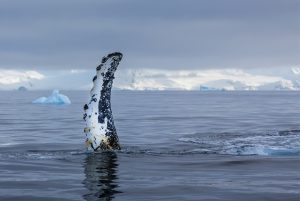Land-atmosphere observatory tower at the Lost Creek wetland in northern Wisconsin, U.S.A. (Photo: Jonathon Thom)
Dry peatlands are also more susceptible to burning, Waddington adds, and they produce a lot of smoke when they burn.
“That can be quite hazardous from a health perspective, especially at a time when it is important to have good respiratory health during a pandemic,” Waddington warns.
Over the last few decades, he says not only are peatlands burning in larger areas, but they are also burning deeper into the soil where the carbon is. This means they can burn for days or weeks, he says.
After this severe of a burn, they don’t return to the typical moss species that are good at storing carbon.
“What we are seeing is that these fires that would normally have acted as a fire break are now acting more as a fire propagator,” Waddington says. “Drier petlands mean we will lose a natural protection of fire spread.”
In terms of what we can do to help slow or reverse this process, Helbig says there is not so much we can do on the ground, but that reducing emissions would go a long way to keeping peatlands wet.
“Obviously we need to conserve and protect our peatlands, but we are looking at how these pristine systems respond to the climate,” he explains. “So the biggest thing we can do is to keep climate warming down.”
But there is some good news, according to Helbig. Canada is a leader in developing restoration technology, with numerous scientists who are working to develop ways to restore dry and degraded peatlands.
With this, researchers are looking into ways to turn peatlands into carbon sinks once again, reducing the risk of wildfires.
“It is increasingly becoming a priority for us to protect these [habitats]. More and more people are realizing its importance,” Helbig says “We often hear about saving the rainforest, but as important or more important are saving the peatlands.”







